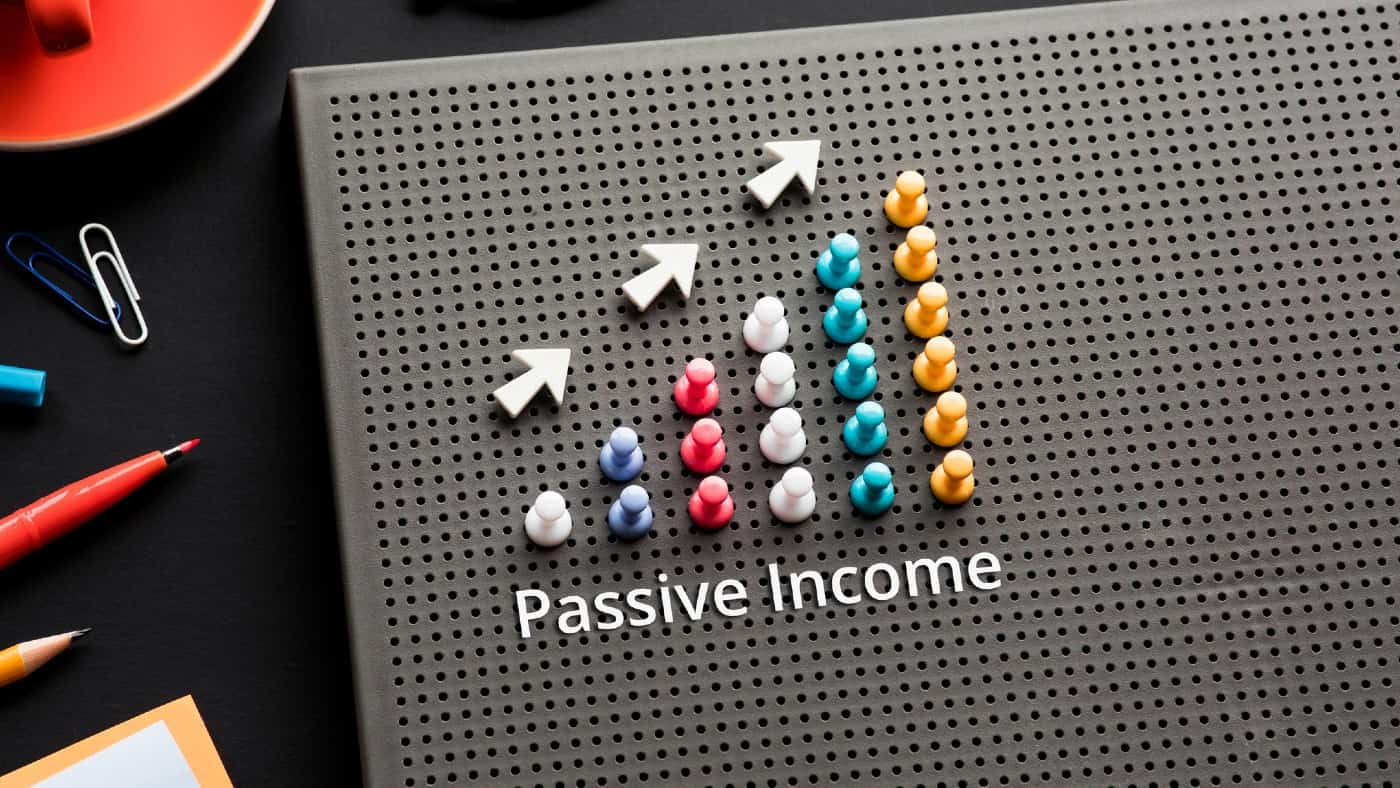Editor Insights
Discounts and where to Find Value in 2024
The average discount in the investment trust sector has expanded to -15.5%. With all sub-sectors, except Debt trading at discounts, funds like MIGO Opportunities and others that exploit pricing inefficiencies may offer attractive returns. Here’s a breakdown of the top holdings among key investment trust investors to help you navigate the sector.

By Frank Buhagiar

As at end of November 2024, the average share price discount to net assets in the investment trust sector stood at -15.5%. According to broker Winterflood, this compares with -12.7% at the end of 2023, -10.7% at the end of 2022 and -2.0% at the end of 2021. Over the last 12 months, the sector average discount has ranged between -11.6% and -16.3% and averaged -14.7%. Over the last ten years, the sector average discount has ranged between -0.3% and -20.9%, while averaging -6.5%. It would seem, based on history at least, that value is on offer in London’s investment trust space. But with all investment trust sub-sectors (aside from Debt – Loans & Bonds) trading at discounts, where does one start when trying to identify those funds that offer the most value?
A good starting point can be the top ten holdings of funds that invest in other trusts. Funds, such as MIGO Opportunities (MIGO), after all, aim to take advantage of price inefficiencies in the investment trust space to generate value for shareholders. Looking at which funds investors, such as MIGO, CT Global Managed Growth (CMPG), CT Global Managed Income (CMPI) and AVI Global Trust (AGT) hold can therefore be a useful exercise. So, we’ve looked at each of these four funds’ top investment company holdings, ranked each one based on the position occupied (10 points for being the top holding, one point for being the tenth holding), totted these up and come up with a combined top ten list of funds held by the above four investment trust investors.
MIGO Opportunities (MIGO)
MIGO’s recent half-year report opens with a summary of the fund’s objective:
The objective of MIGO is to outperform SONIA plus 2% over the longer term, principally through exploiting inefficiencies in the pricing of closed-end funds (SONIA being the Sterling Overnight Index Average, the Sterling Risk-Free Reference Rate preferred by the Bank of England for use in Sterling derivatives and relevant financial contracts). This objective is intended to reflect the Company’s aim of providing a better return to shareholders over the longer term than they would get by placing money on deposit.
During the latest half year, MIGO’s NAV and share price moved in opposite directions: NAV per share total return came in at -0.5% while the share price generated a +2.8% total return. Both, slightly below SONIA +2%, which delivered a total return of +3.6%.
The reports penned by MIGO’s investment managers are often an informative read, particularly on the state of the sector. In their latest report, the managers note “Over the past year we have seen several articles about the ‘death’ of the investment trust sector. While it is true that a boom of alternative, income-producing trusts launched to cater to income-starved investors over a prolonged period of easy money has created an over-supply, we think these fears are overdone.” Rather they believe, “Trusts are going through a clean-up period where we see the creative destruction of the excesses of a bull market born of low interest rates and easy money. This has been exacerbated by the availability to obtain a decent income from conventional sources now that interest rates have risen. We fully intend to exploit this process in order to produce attractive returns for our shareholders.” The sector going through a blip but all in all alive and well.
And if that’s the case then, as broker Numis notes, “MIGO Opportunities has a unique mandate, through its focus on exploiting pricing inefficiencies among closed-end funds, with low correlation to mainstream indices. We believe it remains well-placed to deliver attractive returns to investors in real terms, and that now is an attractive time to invest given that the average discount of underlying holdings remains wide at c.35% for the top 10 holdings.”
The table below lists MIGO’s top ten holdings as at 31 August 2024:
| Investment company | % of total assets | Points scored |
| VinaCapital Vietnam Opp Fund | 5.4 | 10 |
| Oakley Capital Investments | 4.7 | 9 |
| Baker Steel Resources | 4.4 | 8 |
| JPMorgan Indian | 4.1 | 7 |
| Georgia Capital | 4.1 | 7 |
| Tufton Oceanic Assets | 3.9 | 5 |
| Aquila European Renewables | 3.8 | 4 |
| Phoenix Spree Deutschland | 3.2 | 3 |
| Real Estate Investors | 2.9 | 2 |
| River UK Micro Cap | 2.8 | 1 |
CT Global Managed Portfolio Growth (CMPG)
CMPG’s objective is to provide capital growth for shareholders by investing principally in a diversified portfolio of investment companies. As at 31 October 2024, the fund’s top ten holdings were as below:
| Investment company | % of total assets | Points scored |
| HgCapital Trust | 4.5 | 10 |
| Fidelity Special Values | 4.1 | 9 |
| Polar Capital Technology | 4.0 | 8 |
| Law Debenture | 3.7 | 7 |
| Allianz Technology | 3.6 | 6 |
| JPMorgan American | 3.4 | 5 |
| Monks | 3.3 | 4 |
| Worldwide Healthcare | 3.2 | 3 |
| Oakley Capital Investments | 3.0 | 2 |
| Aurora | 2.9 | 1 |
CT Global Managed Portfolio Income (CMPI)
As with stablemate CMPG, CMPI aims to deliver its objective principally through a diversified portfolio of investment companies. This time, the objective is to provide investors with an attractive level of income with the potential for income and capital growth. As at 31 October 2024, CMPI’s top ten holdings were as below:
| Investment company | % of total assets | Points scored |
| Law Debenture | 5.0 | 10 |
| JPMorgan Global Growth & Income | 4.3 | 9 |
| NB Private Equity Partners Class A | 4.2 | 8 |
| Murray International | 3.9 | 7 |
| Mercantile | 3.8 | 6 |
| Merchants Trust | 3.5 | 5 |
| City of London | 3.3 | 4 |
| 3i Infrastructure | 3.2 | 3 |
| Greencoat UK Wind | 3.0 | 2 |
| Temple Bar | 3.0 | 2 |
AVI Global Trust (AGT)
AGT, a little different from the other three investment trust investors as it does not exclusively invest in investment companies. Instead, the fund looks to achieve capital growth through a focused portfolio of investments, particularly in listed companies whose shares stand at a discount to estimated underlying NAV. Because of this, AGT’s top ten holdings only included four investment companies as at 31 August 2024. The four funds are listed in the table below:
| Investment company | % of total assets | Points scored |
| Oakley Capital Investments | 6.8 | 4 |
| Partners Group Private Equity | 5.9 | 3 |
| Chrysalis Investments | 4.5 | 2 |
| Cordiant Digital Infrastructure | 4.5 | 2 |
The top ten most popular funds
Actually, the table below details the top eleven most popular funds among the above four investment trust investors as the final two have the same score:
| Investment company | Combined score | Current discount (-) / premium (+) | 12-mth discount (-) / premium (+) range |
| Law Debenture | 17 | +1.73% | -6.81% to +2.97% |
| Oakley Capital Invs | 15 | -27.43% | -36.09% to -25.61% |
| VinaCapital Vietnam Opp Fund | 10 | -25.25% | -26.73% to -15.73% |
| HgCapital Trust | 10 | -1.29% | -18.22% to +5.12% |
| Fidelity Special Values | 9 | -8.46% | -10.64% to -4.76% |
| JPMorgan Global Growth & Income | 9 | +1.54% | -3.41% to +3.17% |
| Baker Steel Resources | 8 | -28.92% | -48.83% to -27.60% |
| Polar Capital Technology | 8 | -12.83% | -14.78% to -5.63% |
| NB Private Equity Partners Class A | 8 | -23.31% | -28.84% to -19.99% |
| JPMorgan Indian | 7 | -17.73% | -21.24% to -15.31% |
| Murray International | 7 | -9.41% | -11.99% to -4.87% |
A mixture of subsectors represented from global to private equity, natural resources and technology. Law Debenture (LWDB), the clear winner, although Oakley Capital (OCI) not too far behind. The pair, the only funds to feature in the top ten of more than one of the investment trust investors – OCI featured in three lists, LWDB, two. Interestingly, not all funds in the above table are trading at discounts to net assets – LWDB and JPMorgan Global Growth & Income (JGGI) both trading at premia, while private equity giant HgCapital (HGT) trades at a slight discount







